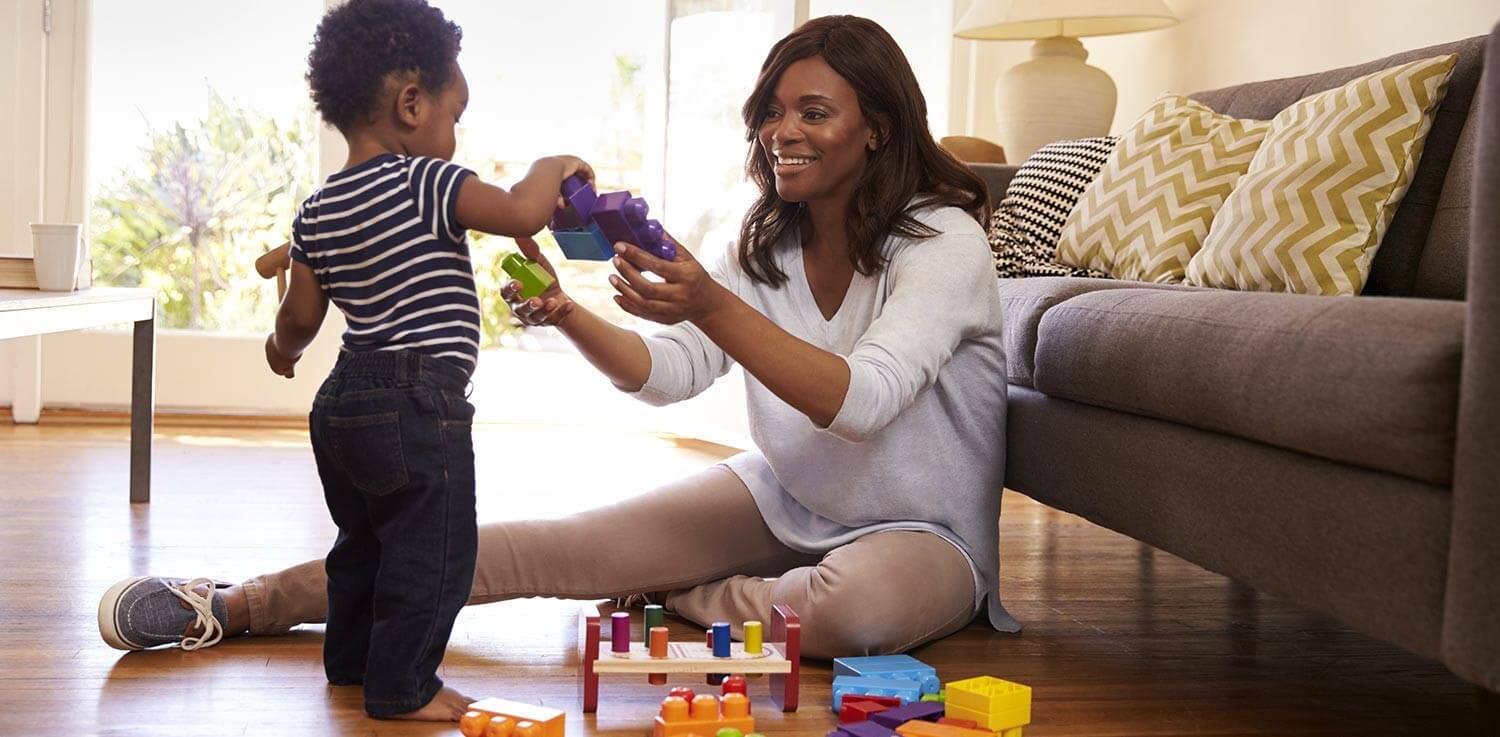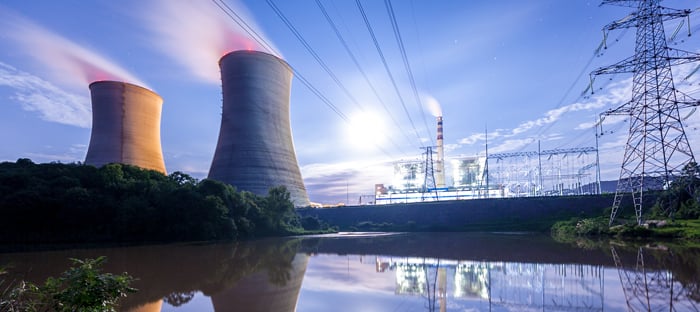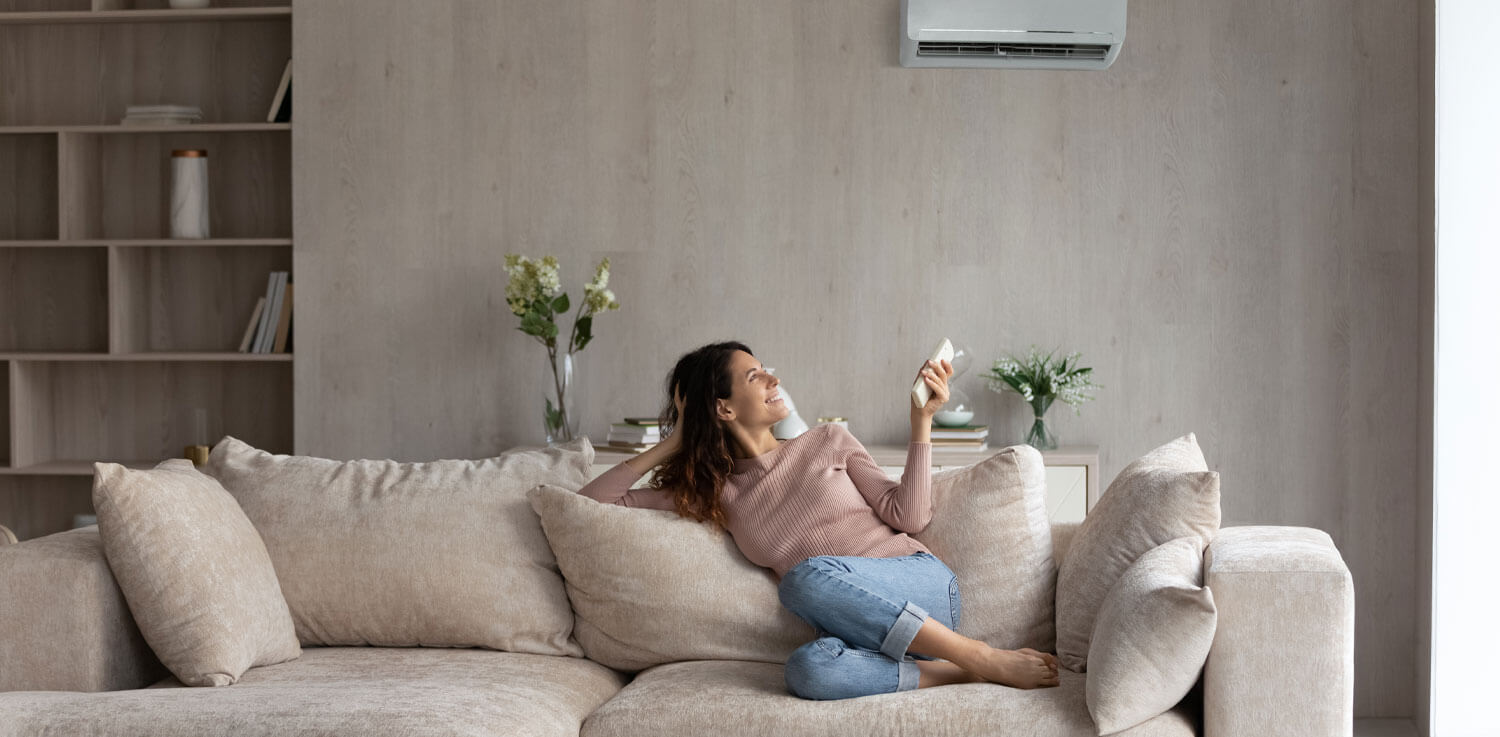Maybe you saw your most recent energy bill and winced. Or maybe your furnace or air conditioner keeps turning on every five minutes. Worse yet, you’re pretty sure your house isn’t the temperature your thermostat is reading.
Whatever the reason, it’s time to admit your home’s heating, ventilation and air condition (HVAC) system is in need of an upgrade. If that sounds like a project that’ll take a big bite out of your wallet, there’s good news. Upgrading your HVAC system could put dollar bills back in your pocket.
To get started, follow the four steps below.
Step 1: Invest in an energy efficient air conditioner
Your air conditioner does a lot more than blow cool air. In fact, there are quite a few steps to take before that cool air can make you more comfortable.
It starts when your home’s thermostat recognizes that ambient air is warmer than the set temperature. When this happens, the AC’s indoor unit kicks into gear, pulling warm air from inside the home through return air ducts, where the warm air is filtered for dust and other particles.
The filtered air then passes over cold evaporator coils, where refrigerant in the coils absorbs heat from the warm air, in turn cooling the air. That chilled air is then returned to the home via the AC unit’s blower.
The refrigerant is then transferred through a condenser to a compressor and the outdoor unit. An evaporator expels the heat and the refrigerant is returned to the AC unit – and the process begins all over again.
Now that you know how the process works, follow these tips to boost your HVAC system’s energy efficiency during warmer months:
- Clean your coils: Your condenser and evaporator coils will get dirty from time to time. Dirty coils affect the refrigerant’s ability to absorb and expel heat, causing higher energy use. Cleaning coils can save up to 15% on energy costs.
- Understand your unit: Do you have a central air conditioner or ductless mini-split system? Do you own a window unit or portable air conditioner? Asking questions about your system will help you better understand how to maintain it.
- Keep heat-producing appliances away: Your thermostat reads the air around it. Appliances that produce heat, like a lamp or television, can trick the thermostat into believing your home’s overall temperature is hotter than it really is. This causes the AC unit to run more often unnecessarily, expending energy and, potentially, affecting your energy bill.
- Use heat-producing appliances at night: Ovens, dishwashers and clothes dryers all produce a lot of heat, adding to your home’s interior air temperature. To minimize the energy your AC unit has to spend maintaining its set temperature, run these appliances at night, when overall temperatures are cooler.
Step 2: Cleaning, moving and more to keep an energy efficient heater
Outside of changing your thermostat settings, it seems there’s not much else you can do to control your heating and cooling system. The truth is there’s a lot you can do. Before you replace your entire system, try these tips:
- Move furniture away from heaters: It might be time to rearrange the furniture. When you do, make sure radiators and vents aren’t directly behind chairs and couches. If they are, furniture could absorb heat, affecting your house’s climate and possibly damaging the furniture.
- Drape your windows: HVAC efficiency is only as good as how well your home can retain heat. If you leave windows open at night in cooler months or let too much sun in during the summer, you’re inviting the warm and cold air to escape the house. Hanging blinds and drapes on your windows can keep a consistent indoor climate even when you don’t use them 24/7.
- Buy a dehumidifier: Humidity does not affect your HVAC system, but does determine how your body interprets temperature. Think of when your weather forecaster tells you it’s 85 degrees F outside, but with the humidity, it feels like 90. Same deal. That happens because humans don’t expel heat as effectively in humid air – and vice versa. When air is dehumidified, 70 degrees F inside might feel cooler.
- Clean your air filters: Efficiency is based on the amount of work your system does to maintain a consistent temperature and air quality. When your air filters get clogged, the system has to work harder to maintain air quality, requiring more energy. Cleaning your air filters can save you about 8% on your energy costs.
- 5.Understand your heating system: Discovering other ways to make your HVAC system more efficient is as easy as getting answers to questions like: Does your hot air come from water, central heating or a ductless system? What are all the Seasonal Energy Efficiency Ratio SEER ratings on your systems? How many square feet does your system need to cover? Answers to those questions will help you engage folks who can boost your system’s efficiency.
If you must change your HVAC system, we suggest investing in geothermal heating pumps. This duct system relies on drawing heat from a constant warm temperature below ground. By adding heat to a building in the winter and returning it back to the earth in the summer, you could save up to 70% on heating costs and 50% on cooling costs. Talk about high efficiency!
Step 3: Never worry about temperature again with an energy efficient thermostat
Most people believe a common myth that if you adjust the temperature of your home too often, your heating or cooling system will work much harder than it needs to. Because of this myth, most people set their thermostat to one temperature and leave it there.
Don’t believe the myth. By setting your thermostat lower in the winter and higher in the summer when you’re away from home, you could save more than 10% a year on heating and cooling. Not only is it perfectly fine to adjust your home’s temperature up or down depending on the season, your HVAC system will thank you for giving it a bit of a respite.
To further thermostat efficiency, consider installing a programmable thermostat. A programmable thermostat automatically adjusts the temperature based on your preferences. Even better, a smart thermostat can read the temperature outside and select an energy efficient temperature based on when you’re at home, away, or going to bed. As long as the smart device is WiFi enabled, you’ll never have to touch your temperature settings again, after set up.
Step 4: Change your energy supplier to save on both heating and cooling bills
Once you’ve figured out how to build the most efficient HVAC system, turn your attention to your energy rate. If you live in an Energy Choice state, you can compare rates from multiple suppliers and select a rate that best fits your need. While many factors determine your energy rate, heating and cooling use often accounts for the most – about 43% of your bill combined. The national average electricity rate is about 14 cents per kWh, but switching energy suppliers could reduce this rate.
Not only will you know how much you’ll have to spend on your bill, but you’ll also know where your energy comes from. If your goals for energy efficiency are to better the planet, then choosing a supplier that offers carbon neutral, clean energy plans is even better.
Want to see what energy rates are available to you? Enter your ZIP code below.
Compare Energy Harbor Plans
Enter your zip code to see energy plans in your area.









